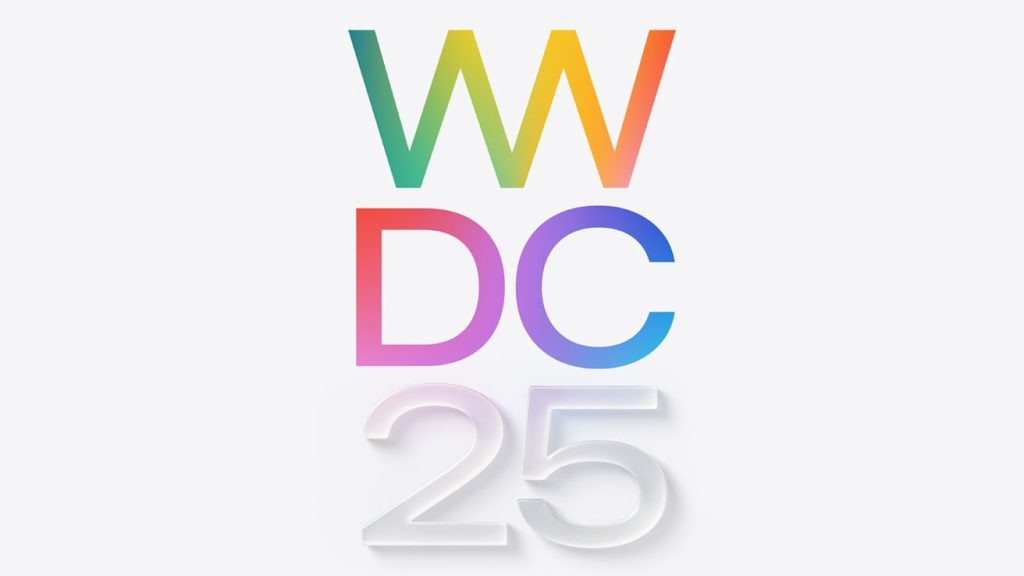In 2025, Apple slapped a new coat of paint on its operating systems at WWDC and called it good — but perhaps there was a chance that it actually had planned something entirely different.
WWDC 2025 was certainly one of the more subdued I’ve personally seen. Granted, I am admittedly one of the newer Mac users to AppleInsider staff — I made the switch in 2019.
But even in 2019, we had all the excitement of a new operating system: iPadOS. This change would ultimately cement the iPad as its own thing, and not just a larger iPhone.
So, my point still stands.
And, I have a theory for why this year wound up being so lackluster. So, please, feel free to obtain your own cork board, red string, and lovingly printed-out headshots of Apple Executives, while I map out what I feel like was an inevitably lackluster Worldwide Developers Conference.
The road to WWDC 2025
So, before we get to WWDC 2025, it’s worth taking a look at all the big changes leading up to it. As I said before, Apple had a slate of fairly impressive years before this.
And sure, it may have just been a slow year for Apple. Not every year is going to blow the doors off.
But I don’t think that’s what this was. I think this was a slow build-up that began all the way back in 2020.
2020: Hello, Apple Silicon
During the last half-hour of WWDC 2020, Tim Cook got onto the pre-recorded stage and told us that we’d soon be ushered into the era of Apple Silicon. This is what I’d rank as a pretty high-excitement year.
Apple Silicon meant that Macs would be faster, more powerful while simultaneously less power-hungry, and to a degree — smarter.
Apple Silicon made its debut at WWDC 2020
Put a pin in that.
Apple Silicon would redefine what you could expect out of a Mac. And yes, there were plenty of folks who were hardly impressed with it, I know that most of the AppleInsider staff, at least, likes the post-Intel era.
Not only did it mark the end of one era and the beginning of the other, it also — maybe incidentally — saw an influx of new and returning users to Mac.
Something big happened in 2020 — globally big, even. I can’t recall just what it was, but for some reason, everyone seemed to have a reason to sit around at home and order their first — or first in a while — Mac.
So, needless to say, it was an especially memorable year, even if it does feel like it was somehow both last week and fifty years ago.
WWDC 2021: Making the best of a weird situation
Hobbled by the ongoing coronavirus pandemic WWDC 2021 wasn’t what I’d consider the most incredible Apple Event I’d ever witnessed. But it still showed a surprising amount of effort into introducing new features.
Apple Health saw significant improvements and new improvements — we got Walking Steadiness, alerts for loved ones, lab result highlights, fall risk notifications, and the ability to share health data with doctors.

Being able to watch videos together without being together is exactly the type of thing I’m into
SharePlay was announced, which gave people a way to be together when they physically couldn’t. As someone who has family who now stretch across the globe — not just the United States — this is kind of a big deal.
Focus modes gave everyone better ways to filter out background distractions. This was obviously geared toward millions of people who were now working full-time from home.
Essentially, Apple was doing its best to promote features that were extremely relevant to the times. And, I think that makes a lot of sense.
WWDC 2022: Refine, refine, refine — and Matter
Okay, I’ll say that out of the list of WWDC’s I’m covering — ignoring WWDC 2025 — WWDC 2022 is probably the second least exciting.
However, again, it focused on a lot of refining of features to make them work the way it wanted. A lot of the features were geared toward allowing users to customize their experiences to get the most out of what they wanted — something Apple typically does well.
But we did see new features, just the same. Continuity Camera was introduced, allowing users to use their iPhone as a webcam for their Mac.
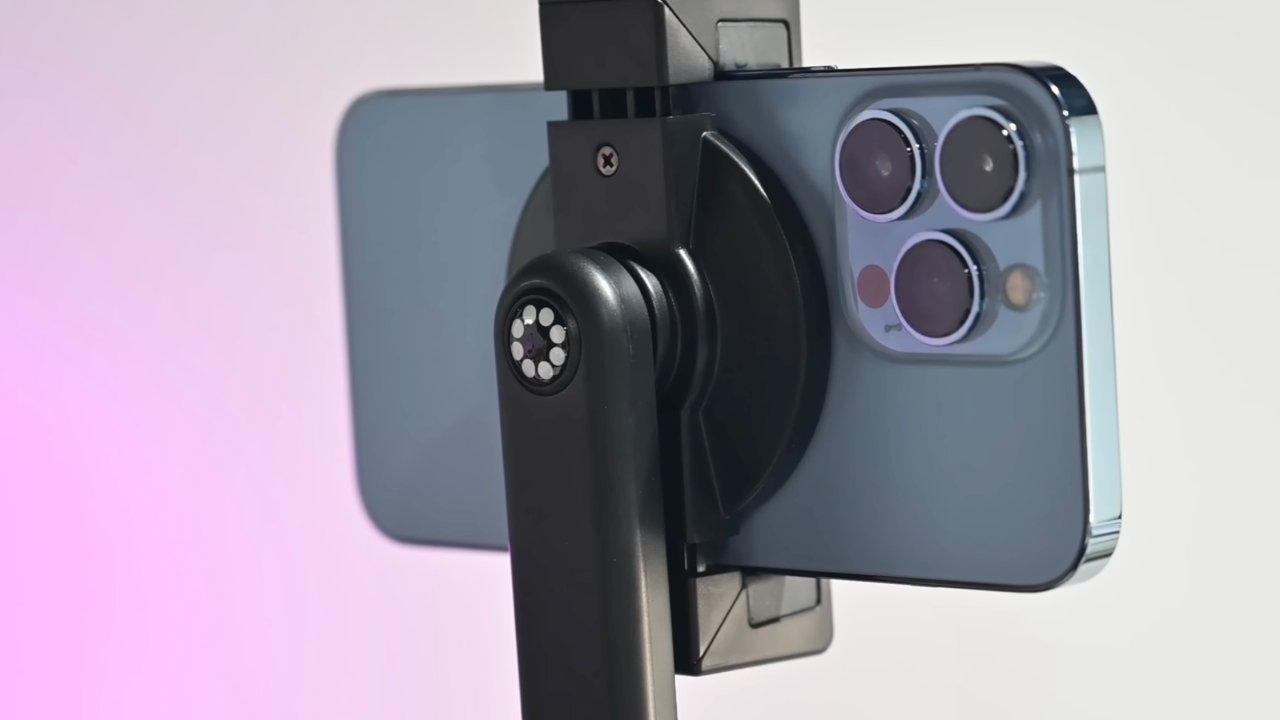
Hey, using your iPhone as a webcam is actually pretty useful, to be fair.
The Home App got a full overhaul, too. Apple recognized that more people were adding smart devices to their homes, which warranted giving them the best interface experience it could manage.
Of course, this was also the year that Matter launched as well.
We also got — and then later lost — Apple Pay Later. But hey, not everything is going to stick.
So while not the most exciting year, it was a year marked by a ton of smaller improvements that really added up.
WWDC 2023: Hello, Apple Vision Pro
I won’t mince words here: I hate the Apple Vision Pro. I not-so-affectionately refer to it as “the dork helmet.”
Have I tried it? Of course I haven’t tried it.
But half the fun of being alive is having incredibly hard opinions on relatively inconsequential things you’ve had low or no exposure to. That, and I have a suspicious feeling that if I did, I’d probably get sidelined by a migraine within the first five minutes.
At any rate — and much to my chagrin — WWDC 2023 was defined by the Apple Vision Pro.
Apple didn’t just market the Apple Vision Pro as a mixed-reality headset. It claimed that it was ushering in a new era, a smarter era, a more future-thinking era.
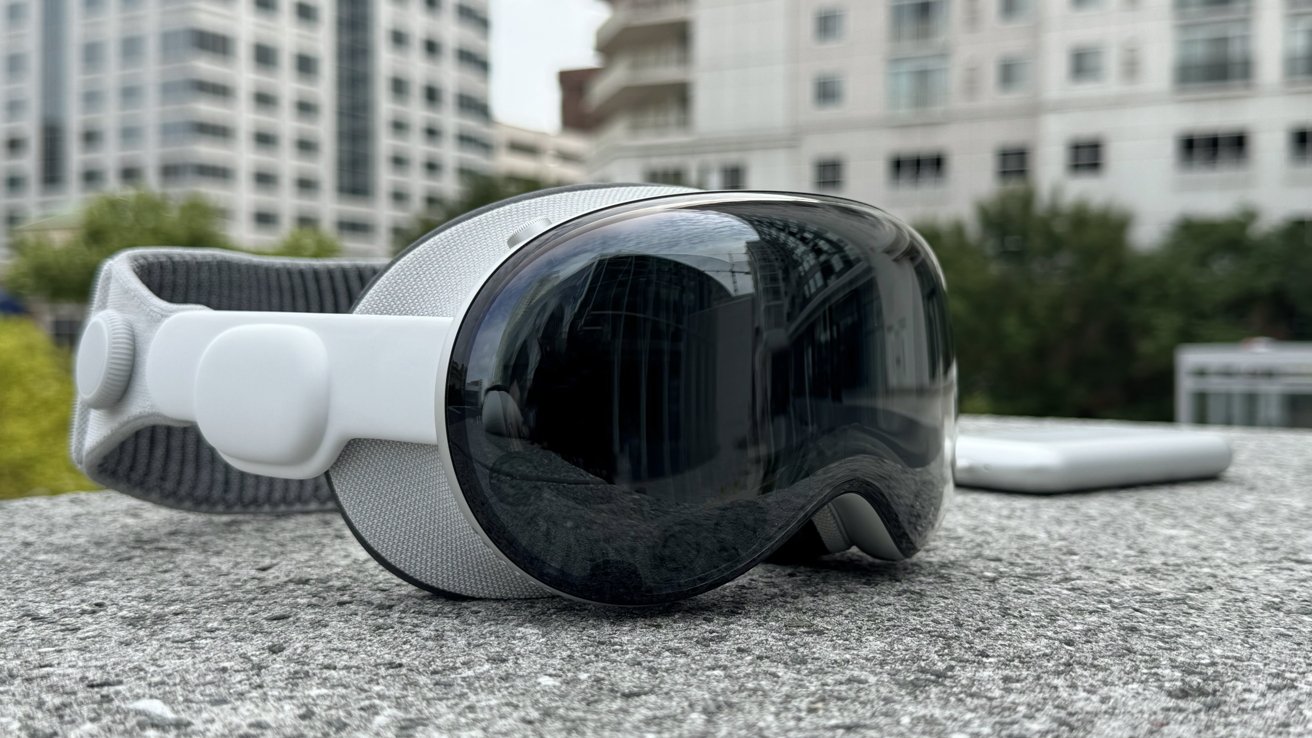
Behold, the Apple Vision Pro
It was ushering in the era of spatial computing. In Apple’s own words, the Apple Vision Pro was “revolutionary” and “years ahead” and “unlike anything created before, scaling beyond the boundaries of a traditional display with a fully three-dimensional interface controlled by the most natural and intuitive inputs possible — a user’s eyes, hands, and voice.”
Again, whoever writes Apple’s PR is certainly earning their paycheck. That all sounds pretty good, especially considering the device was, charitably speaking, not widely loved — even by those who bought it.
Even AppleInsider’s enterprise contacts aren’t terribly impressed at this point. One fourteen 500 company with a specialty in entertainment has already weighed in on the Apple Vision Pro in 2025, and it’s not reassuring.
“It’s not enough,” it told us. “visionOS 3 looks great, but we’ve already moved on.”
And, the Apple Vision Pro dominated the software — and arguably the hardware — side of WWDC 2024. Yes, we learned about iOS 17, which introduced a few new things like StandBy and Journal.
And yes, macOS Sonoma rolled Game Mode. Even iPadOS saw the addition of the Health app.
Still, it was primarily focused on what would ultimately be a very expensive, poorly received, heavy piece of plastic, metal, and glass you strap to your head.
WWDC 2024: Introducing Apple Intelligence
In early 2024, we all knew what was coming: Apple’s take on artificial intelligence. Sure enough, at WWDC 2024, Apple introduced Apple Intelligence.
And Apple set the bar pretty high for itself when it did. Maybe that’s why it stings a little bit more that WWDC focused entirely on a feature that is — to put it gently — lacking.
Apple Intelligence has had so many misfires since its announcement.
As a person who edits quite a bit of things, I find Writing Tools far less useful than something like Grammarly, which actually locates and explains errors to you. The fact that there are folks comparing the two, at this point, boggles my mind just a bit.
And the fact that Apple touts its writing tools as a way to get around needing to try at your job — even humorously — kind of leaves a bad taste in my mouth. I get this is a small nitpick, but if you’ve spent as long as most of us have in the digital trenches, it does feel a little, well, gross.
Apple Intelligence’s image generation capabilities are, at this point, absolutely awful. My sister and I had taken turns a while back creating more and more unhinged prompts to feed into our respective on-device image generators.
Image Playground was not prepared to give me Lobster Doctor. Instead what it gave me was a nightmare.
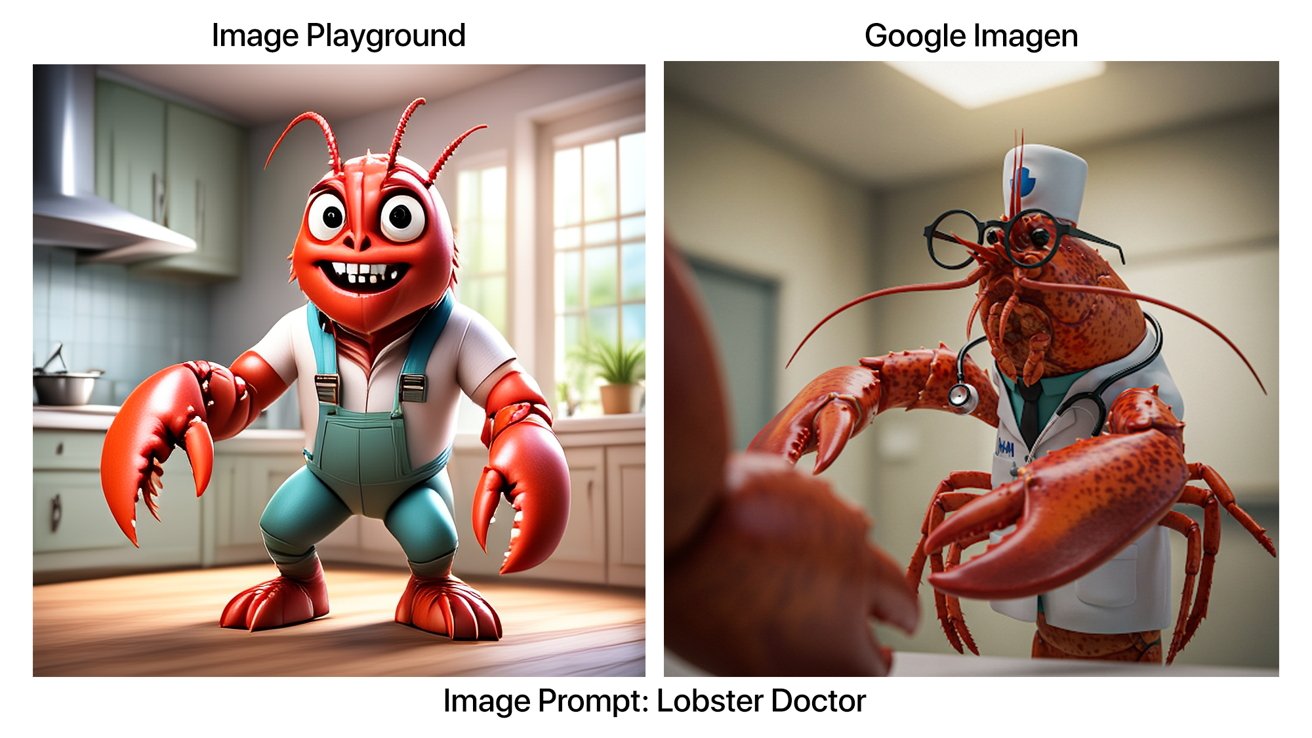
This is beyond the need for a caption at this point
When Rachel did it, she got a Johns Hopkins-educated crustacean. She is, for the record, an Android user.
Siri never got smarter, and in fact may have gotten dumber. Certainly a far cry away from what those snappy iOS 18 commercials showed.
As a person who is, at best, AI critical, this doesn’t affect me that much. I keep Apple Intelligence disabled on my M1 iMac. I leave it enabled on my M2 MacBook Air for work purposes.
But, it is the basket that Apple put most of its eggs in.
I say most, because not all the metaphorical eggs went into the Apple Intelligence basket. As has been the case, Apple continued to innovate on iPadOS in 2024.
In iPadOS 18, we got a bunch of great features. We got Math Notes and Smart Script — both are “smart” features but are not relegated to the M-series only “Apple Intelligence” features.
But overall, WWDC 2024 would set the pace for a pretty disappointing year — software-side, at least — for Apple.
Products before their time versus poorly executed plans
You’re probably thinking, “Thanks for the trip down memory lane, Amber, but what does any of this have to do with WWDC 2025?” First, you’re welcome person I invented for the purpose of this paragraph, second, it has everything to do with WWDC 2025.
Apple is changing — rapidly. You don’t become the highest-valued company in the world by idly twiddling your thumbs and hoping people come to you. You do it by innovating, and if you’re a tech company — especially one like Apple — you do it by innovating often.
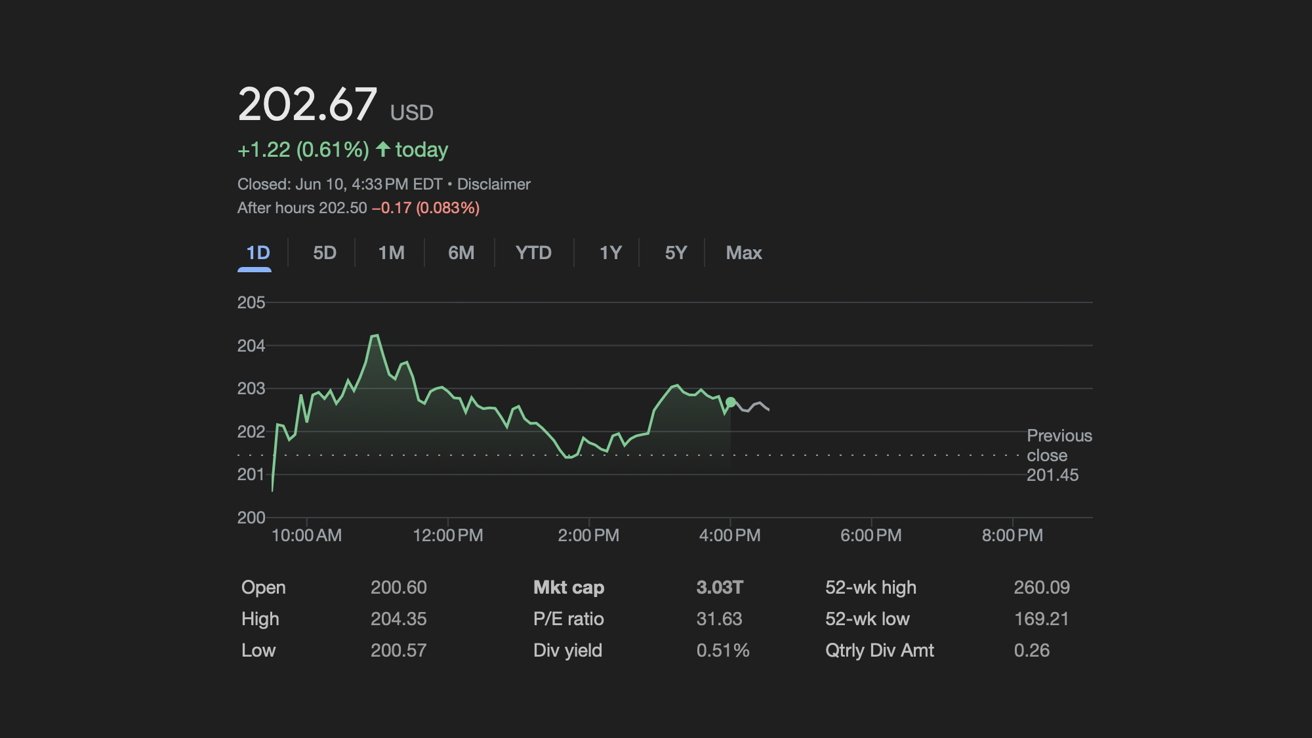
As of June 10, Apple has a market cap of $3.03 trillion As of June 10, Apple has a market cap of $3.03 trillion
When it came to augmented, mixed, and virtual reality, it was slow to the punch. Meta put out its first consumer VR headset in 2016 — at that point, Apple probably didn’t feel terribly compelled to have a horse in that race.
Yes, Apple has been researching AR and VR devices, but Apple researches a lot of things. It has the money to do so.
Apple doesn’t need to be the first to anything — that’s not its style. Apple does, however, have an interest in these markets.
I don’t think that Apple rushed the Apple Vision Pro, for what it’s worth. While I’ve never used one, it doesn’t feel like a half-thought-through prototype.
It does still feel like a misfire. It’s expensive — way more expensive than the average person is willing to spend. And it doesn’t have a console to anchor itself to, which certainly helps push units to tech-obsessed gamers.
Immersion in gaming is one thing. It’s fun to find yourself transported to an environment you can’t physically go to; it’s even more fun when you can go there and cast magic spells or fire rocket launchers.
Projecting a digital version of an App you already have on your Mac or your iPhone feels significantly less exciting. In fact, it feels outright dystopian if suddenly you feel obligated to strap on the dork helmet for your desk job.
Not everyone will share this opinion I have, of course, but the idea of wearing the Apple Vision Pro to do my job seems genuinely depressing. Unhook me, Morpheus, I’d much rather just go to Zion and eat the gruel.
So, Apple made a product the world wasn’t ready for. That’s fine — I don’t begrudge Apple for trying.
Personally, I think if Apple had pursued Apple Glass instead of Apple Vision Pro, people would be more enthusiastic. That sort of technology feels more freeing.
The Apple Vision Pro necessarily cuts you off from the world. Sure, there are cameras that pipe the outside world in, selectively, but you’re never not aware that you’re wearing the helmet.

Also, other people are never not aware you’re wearing the helmet | Image Credit: Jacob Wright
Apple Glass, if Apple were to take the Google Glass route, could give wearers the chance to pipe the inside world out, selectively. This would make the technology feel more opt-in.
I spend too much time distracted by the glass-and-metal rectangle in my pocket. When I grab it to look up directions, I’m inevitably distracted by a screen full of icons all vying for my attention.
I’ve gotten better at forcing myself to interact with the app I need to first. It still doesn’t change the fact that my iPhone has blown out a lot of my dopamine receptors.
When I look at my phone, I don’t see the outside world as clearly as I’d like. Despite the fact that it’s an iPhone 13 mini, my phone certainly seems to occupy a large part of my vision.
Maybe that’s a big part of why I am so opposed to the Apple Vision Pro. I’m already carrying guilt for having my phone on me in the first place.
Apple Glass, though, would allow you to still see the outside world. Maybe in a way that would force you to be a little more present.
So, Apple missed the mark with the Apple Vision Pro. That’s fine.
But what about Apple Intelligence?
Okay, I’ll admit: this one is a classic example of rushing an utterly unfinished project out the door. Which, I sort of understand.
Artificial intelligence has blown up in a big way over the last few years. In a way I actually don’t like if I’m being entirely honest.
When I log onto Instagram I shouldn’t have Meta AI trying to predict what I want when I’m actively just searching an account’s username. When I log onto my bank website, I’m checking my balance, not asking the poorly integrated chatbot to guess what I’m looking for.
Never at any point have I been excited to try to go through the 2025 version of phone trees: trying to get a website’s AI chatbot to reroute you to an actual support human. In fact, it’s the kind of thing that makes you actively aware that stress and anger raise your blood pressure.
And yet, Apple still felt like it needed to compete. There’s being fashionably late, and then there’s just being late.

The type of question Apple promises Siri will be able to answer with Apple Intelligence. Image source: Apple
I’m not entirely sure whose fault it was — though I suspect Apple’s own Hair Force One may have had a lot to do with it.
And, of course, it’s made even more frustrating by the fact that it doesn’t behave the way Apple promised.
WWDC 2025: Liquid Glass…
Instead of getting a slew of new features for each platform, we got a relatively subdued presentation. It was made all the worse by the fact that it still managed to be an hour and a half in length.
I don’t have the transcript for WWDC 2025 in hand, but I’d be interested in knowing how often the presenters said the phrase “Liquid Glass.” My guess is that it was at least a dozen times.
Every single platform got the Liquid Glass update. For many of these platforms, it just reiterated that the Liquid Glass user interface was designed to not get in the way of your content.
It felt… sloppy. It felt like a kid trying to expand on an oral report that they know they’re going to not make time for.
It didn’t feel terribly “Apple” if I’m being honest. And I think that’s because, at some point in the past few months, Apple realized it had two platforms it couldn’t lean on.
Apple is aware that the Apple Vision Pro isn’t reaching as many people as it hoped. Chances are, it was pretty aware that was going to be the case anyway.
That’s probably why it pulled a Google and started flinging the word Enterprise around. If the general public won’t buy your product, maybe businesses will.
But the Apple Intelligence bit — that probably hurt. A lot, I’m guessing.
Apple was very excited about Apple Intelligence in 2024. Hell, it was probably still pretty optimistic when it designed the iPhone 16e — another product I’m on record as being skeptical of.
But, with the continuous delays and misfires of Apple Intelligence, it took the wind out of Apple’s sails. Even in this year’s presentation, Apple mentioned it — a lot — but in a way that felt almost apologetic at times.

“We look forward to sharing more about it in the coming year,” Craig Federighi, June 9, 2025
Seeing Craig stand in front of a camera — five-and-a-half minutes into the presentation — and tell us not to worry, and that the Apple Intelligence features promised last year are still coming, felt weird.
So that’s what WWDC 2025 brought to the table. A kid anxiously staring at the clock, trying to explain ten minutes of data in a thirty-minute presentation.
Well, that and…
…And iPadOS!
It wasn’t all bad; there were a few things in the keynote that were good. And, for the record, I like Liquid Glass.
But, I think the real star of the show this year is iPadOS. The window management is a huge deal and I’m genuinely excited to get my hands on.
It got the same Files app overhaul that Mac did, which is a long time overdue. For as often as I find myself using Files, knowing that I can now color-code folders for optimized optimization — that sort of thing floats my boat.
Preview showing up to the party is also huge. Preview is something I use nearly daily on my Mac, and having it on iPad honestly makes it feel closer to the device that I want it to be.
Wes wrote a great piece about all the changes coming to iPadOS 27 that Apple crammed into eleven minutes — roughly an eighth of the entire presentation. It’s a solid read if you missed some of it like I did.
Whether or not these changes are too little and too late remains to be seen. Maybe this time I’m a little more hopeful than my coworker, which is a comical change of pace.
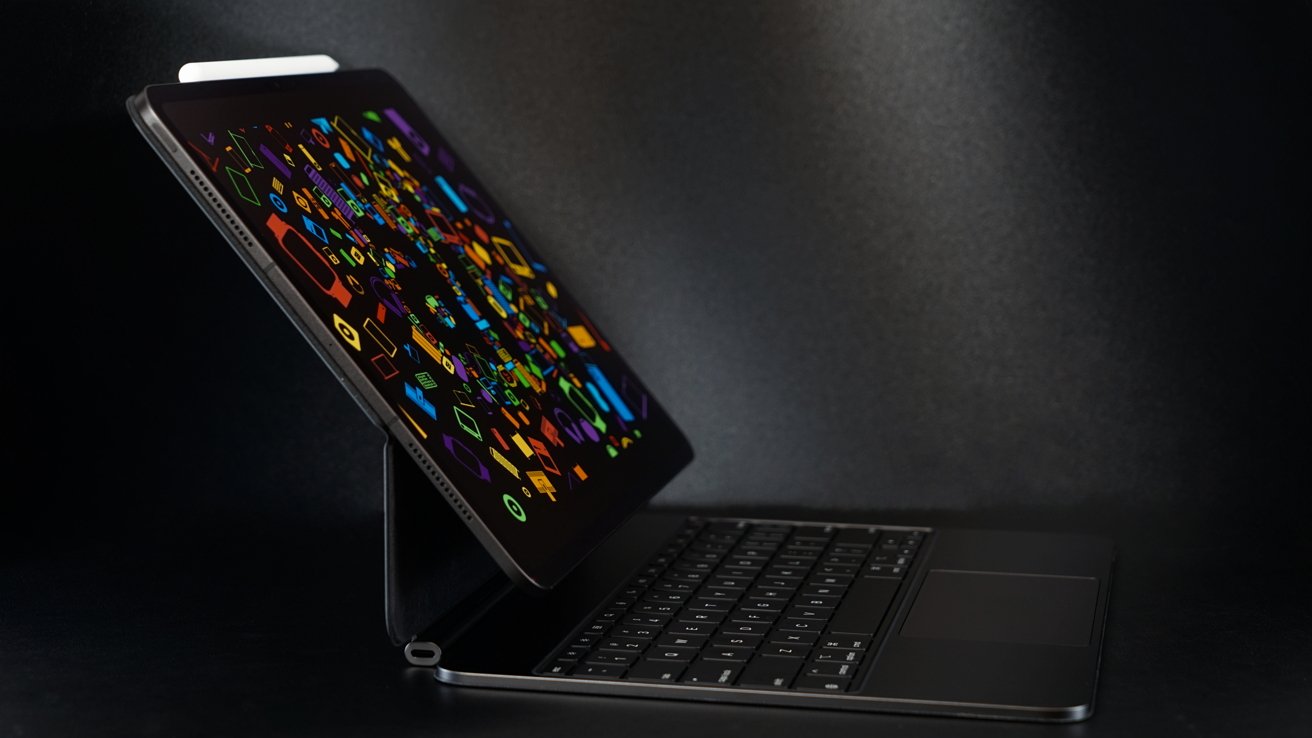
I personally look forward to iPadOS 26
So, if you felt like this year’s WWDC was a bit underwhelming — you’re not alone. But, as both William and Mike are quick to point out: one slow WWDC doesn’t mean Apple’s in trouble.
Apple didn’t become the behemoth it was by accident, and Apple has managed to recover from misfires in the past. This is hardly any different at all.
Onward to 2026.


